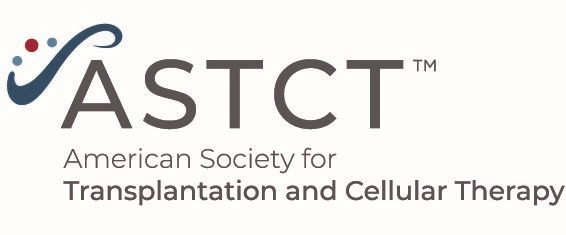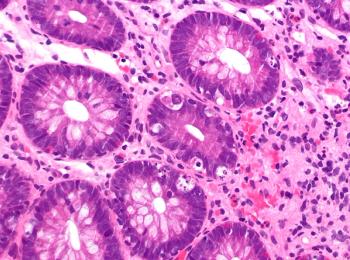
Extracorporeal photopheresis versus standard treatment for acute graft-versus-host disease after haematopoietic stem cell transplantation in children and adolescents

ASTCT recently published an article in their journal Nucleus discussing extracorporeal photopheresis compared with acute graft-versus-host disease after receipt of hematopoietic stem cell transplant in children or young adults.
ECP has been used since the 1980s to treat disorders such as cutaneous T-cell lymphoma (CTCL) and has been widely utilized for steroid-refractory GVHD. ECP involves the ex vivo collection of peripheral mononuclear blood cells (PMNCs) by leukapheresis, incubation with 8-methoxypsoralen (8-MOP), exposure to UV-A light, and reinfusion into patients. Although its mechanism of action is not fully understood, ECP has been hypothesized to reduce the stimulation of and abrogate effector T cells, induce regulatory T cells, increase elaboration of anti-inflammatory cytokines, and reduce proinflammatory cytokines. ECP is an effective immunomodulatory therapy with mild adverse events.
In a 2021 Cochrane Review, researchers sought to compare the use of extracorporeal photopheresis (ECP) with standard treatments for acute graft-versus-host disease (aGVHD) treatment in children and adolescents. The review intended to consider randomized controlled trials (RCTs) that used ECP to measure the response to ECP as a primary outcome and overall survival, relapse-free survival, adverse events, quality of life, and cost of intervention per month as secondary outcomes. As there were no RCTs that met the inclusion criteria specified, the authors were unable to draw any conclusions at that time.
More recently, the authors sought to produce a second update to their review on RCTs evaluating the safety and efficacy of ECP in patients < 18 years of age. The authors searched Cochrane Register of Controlled Trials (CENTRAL), MEDLINE (PubMed), Embase (Ovid), conference proceedings, clinical trial registries, and contacted experts in the field of ECP for studies which met their criteria. Among 385 articles identified, all were excluded from the analysis. Reasons for the exclusion of these studies include a population including < 50% children, incorrect study type, and non-randomized study design. Since no studies were included in the analysis, the current study was unable to support or refute the current available recommendations for children and adolescents with aGVHD following HSCT, highlighting the unmet need for additional prospective evaluation, including randomized trials, to evaluate the role of ECP within the continuum of GvHD management.
Reference
Buder K, Zirngibl M, Bapistella S, et al. Extracorporeal photopheresis versus standard treatment for acute graft-versus-host disease after haematopoietic stem cell transplantation in children and adolescents. Cochrane Database Syst Rev. 2022;9(9):CD009759. Published 2022 Sep 27. doi:10.1002/14651858.CD009759.pub4
Newsletter
Stay up to date on recent advances in the multidisciplinary approach to cancer.





















































































